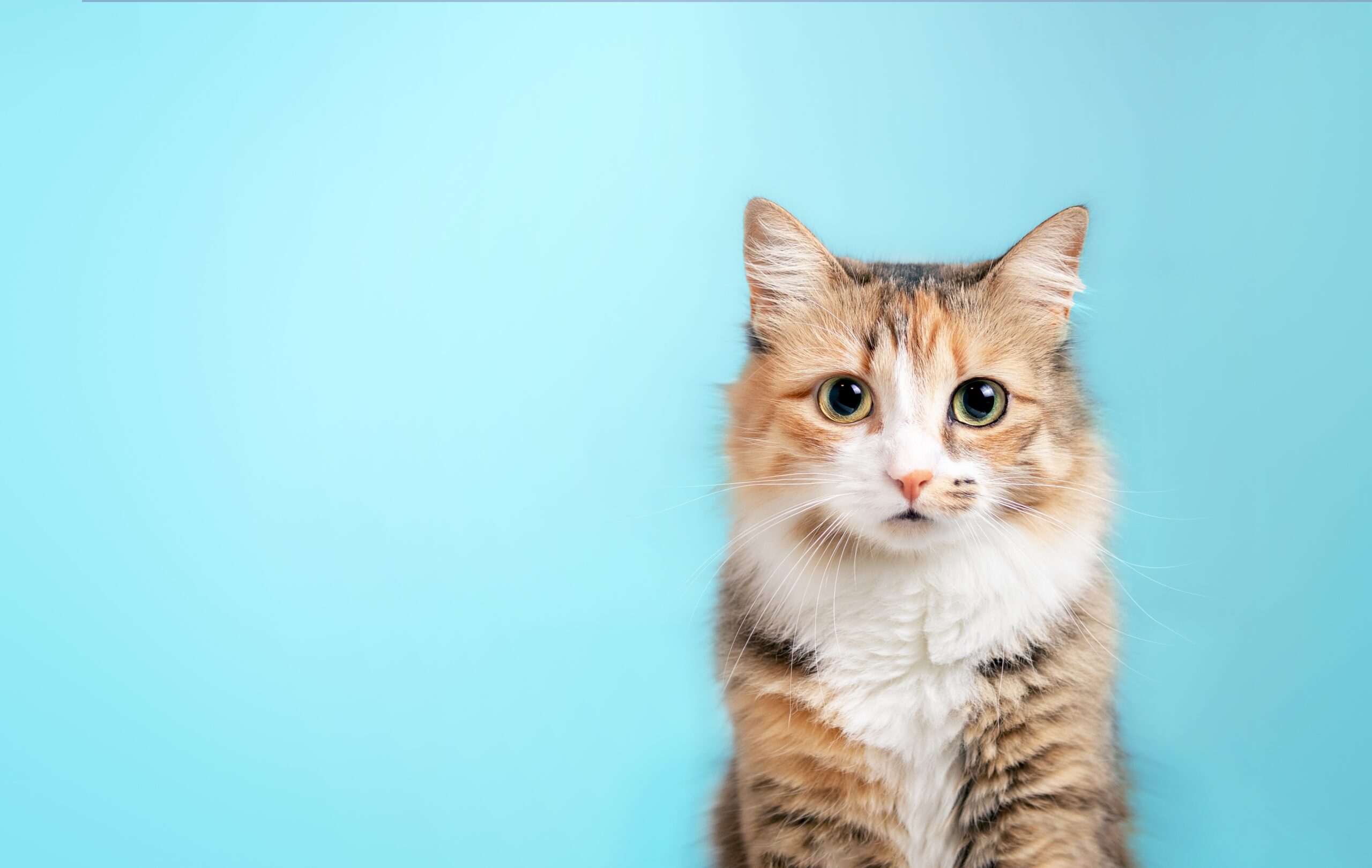Your Kitten: What to Expect at 10 to 12 Months
Updated on June 26, 2024

From 10 to 12 months of age, your kitten is now a cat and is moving through the teenage phase. And much like human teens, cats at this age like to push their boundaries. With guidance, however, your cat will emerge from this stage a loving adult ready to accept her place in the family.
Fortunately, your cat’s teenage phase lasts only about four months. By 1 year old, your cat has an adult body, is more confident and independent and is ready for adult life.
All featured products are chosen at the discretion of the author. However, Vetstreet may make a small affiliate commission if you click through and make a purchase.
Your Kitten Physical and Mental Development
Hopefully, your cat consistently uses the litterbox now. Accidents at this stage could indicate behavioral or medical issues, so check with your veterinarian if there are problems. It is important to have a separate litterbox (plus one extra) available for each cat in the household; keep the litterbox acceptably clean for your cat’s preference and be sure that it is an appropriate size for your growing cat.
Watch out for hairballs, which can develop at this age. When cats groom themselves, they swallow the loose hair that comes off of their coats. Hopefully, that hair is eliminated in the feces, but if your cat is shedding heavily, hair might form a dense ball in your cat’s stomach. A large hairball can cause constipation or an intestinal blockage, which would require veterinary attention and possibly surgery. In most cases, however, hairballs are harmless and are vomited up. The risk of forming large hairballs may be reduced with frequent brushing.
Fortunately, your cat’s teenage phase lasts only about four months. By 1 year old, your cat has an adult body, is more confident and independent and is ready for adult life.
Behavior Changes
Cats 10 to 12 months of age are into everything. While this can be amusing — for instance, watching a young cat attack a paper grocery sack — without clear boundaries, cats can be destructive, shredding your drapes in a flash. Your young cat may seem to willfully misbehave simply to test her limits. Teenage cats can take play a little too far and seem to attack anything that moves — ankles, shoelaces or floating dryer sheets.
The key during this developmental phase is patience. Allow her to dominate certain areas, and let her explore safely. Play with her often to engage her natural curiosity. This is also a good time to introduce catnip toys, such as furry mouse toys. Most cats are naturally drawn to catnip, but others will ignore it completely. Try it to see if you can draw your cat to these appropriate toys and away from inappropriate or dangerous items.
Health and Nutrition
At this age, cats need to be completely off kitten food. Your cat needs the protein that adult cat food offers. If you are tempted to give your cat human food, think again. Adding anything to cat food can upset the food’s balanced formulation, resulting in deficiencies or toxicities, or contributing to the development of other serious medical conditions.
Furthermore, if you give your cat people food, she may decide to eat that instead of cat food. You could end up with a spoiled cat who jumps on the dinner table and steals food from your plate. A premium commercial food is specifically formulated to meet all of your cat’s dietary needs, so this really is the best choice for your cat.
The Importance of Cat Health Insurance
Your cat health insurance policy from a company such as Lemonade can help to offset unexpected treatment costs. These costs may include veterinary visits, prescription medications, or procedures such as imaging or surgery.
Training Tips
Discipline will never be more important for your cat than during her teenage phase. Ignore problems at this age, and you will have a hard time changing her behavior later. Consistency is needed, but never strike or abuse your cat. Your tone of voice is the key. If your cat does not respond to your voice, don’t assume she is ignoring you. She is just taking things in and using what she feels like using.
For your cat’s safety, she must learn what areas are off limits — for instance, the stove or tabletops. Places you don’t want your cat to explore may include kitchen counters, the inside of the clothes dryer, the top of the washing machine, high bookshelves, hanging potted plants, trashcans and doors that open to the outside.
Many cat owners find a squirt bottle filled with water one of the easiest ways to train a cat to stay away from or off of certain places. When your cat ambles in and bolts for the top of the bookshelf, give her a squirt. Aim for the rump (avoid the face). Once she jumps down, stop the discipline; ignore her as she cleans the extra water off herself. Your cat will quickly learn that venturing into certain places earns her a spray of water.
When your cat makes a good decision — for instance, if she hunches as if to jump up onto the bookshelf but then stops — praise her. Say, “Good kitty!” Pet her and give her a special treat.
If you have a sneaky cat, one who stays off the countertops when you’re in the kitchen but walks all over them while you sleep, cover the areas with something she does not like. For example, most cats hate to walk on aluminum foil.
While this can be a frustrating stage for many cat owners, remember that having patience and being consistent with discipline now will be rewarded with a loving and well-behaved cat to share your home with for many years to come.



